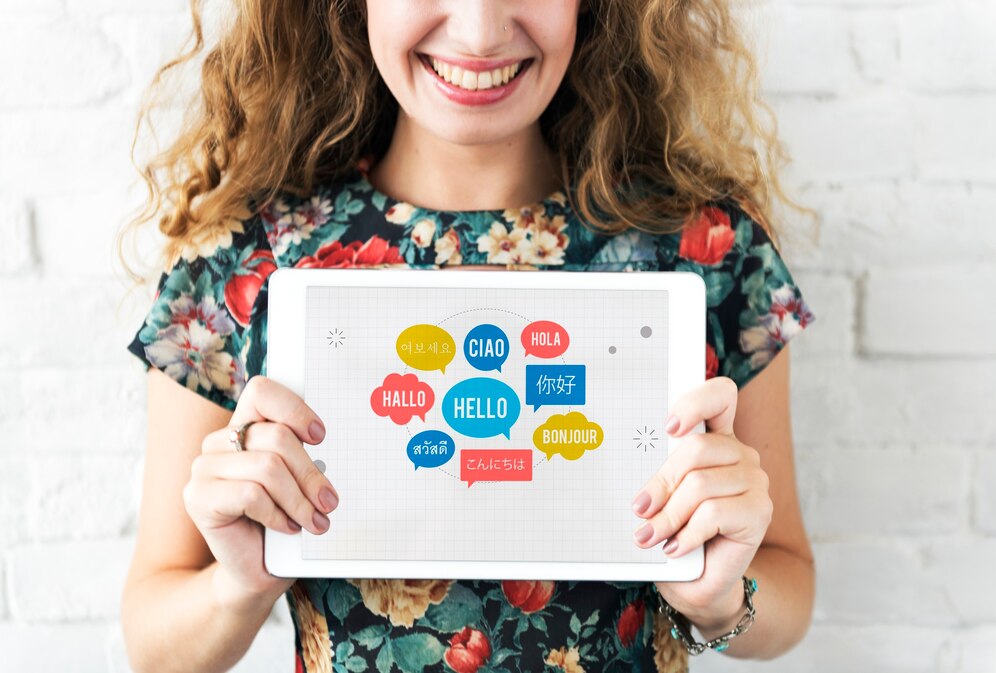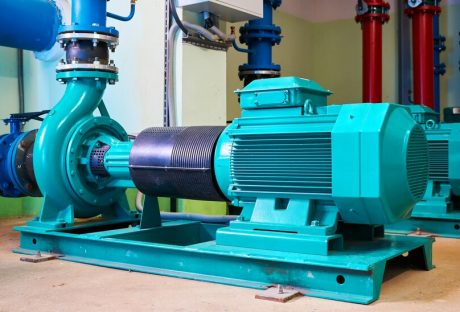Translation is not merely about converting words from one language to another. It is a delicate art that requires finesse and creativity to convey the intended message accurately.
While traditional translation focuses on maintaining the literal meaning of the source text, creative translation takes things a step further by infusing creativity and adaptability into the process.
Ten essential facts to know while translating in creative translation

In this section, we discuss the ten critical facts to know while translating in creative translation.
1. Context is Key
When it comes to Creative Translation Services Singapore, context plays a pivotal role in ensuring the accuracy and effectiveness of the translation.
Understanding the cultural background, target audience, and intended message of the source text allows the translator to adapt the translation in a way that resonates with the target readers.
For example, consider a marketing campaign for a new car targeting Singaporean customers. While translating slogans or taglines, a creative translator must be aware of the local culture, preferences, and values.
Adapting the message to Singaporean colloquialisms or incorporating cultural references can make the translated text more engaging and relatable.
2. The Power of Adaptation
Creative translation goes beyond the literal translation of words. It involves adapting the content to suit the cultural and linguistic context of the target audience.
The goal is to maintain the essence and impact of the source text while ensuring it resonates with the target readers.
For instance, let’s say you are translating a novel set in London for a Singaporean audience. The original text may reference British landmarks and cultural references that may not be familiar to local readers.
A creative translator would adapt the text by replacing these references with Singaporean equivalents, maintaining the same impact and immersing the readers into the story.
3. Multilingualism in Singapore
Singapore is known for its cultural diversity and multilingualism. The country has four official languages: English, Mandarin Chinese, Malay, and Tamil.
This linguistic diversity presents both opportunities and challenges when it comes to creative translation.
A creative translator in Singapore must be sensitive to the nuances of multiple languages and their speakers.
They must navigate through the intricacies of code-switching, language choice, and cultural variations to create translations that are not only accurate but also resonate with the different language communities in Singapore.
4. Cultural Nuances and Idioms
Every language has its own set of cultural nuances and idioms that are deeply ingrained in its speakers’ everyday communication.
Creative translation requires a comprehensive understanding of these cultural nuances to effectively convey the intended meaning of the source text.
Consider the English idiomatic expression “It’s raining cats and dogs.” A creative translator would not translate this phrase literally when targeting a non-English-speaking audience.
Instead, they would adapt it to an equivalent idiomatic expression in the target language, ensuring the translated text captures the same essence and impact.
5. Varying Degrees of Creativity

Creative translation is a spectrum, with varying degrees of creativity depending on the project at hand. While some projects may require a more liberal approach to translation, others may demand a more conservative and accurate rendition of the source text.
For example, translating a work of fiction allows for greater creative freedom, as the focus lies on evoking emotions and capturing the essence of the story.
On the other hand, translating legal or technical documents requires a more precise and accurate translation to ensure legal compliance and clarity.
6. The Role of Technology
In today’s digital era, technology has become an integral part of the translation process.
Machine translation tools and computer-assisted translation (CAT) software have improved the overall efficiency and accuracy of translations.
However, when it comes to creative translation, the human touch remains essential.
While machines can assist with linguistic accuracy, they often lack the creativity, cultural understanding, and adaptability that human translators bring to the table.
Creative translation demands the subtle nuances and expertise of a skilled translator to truly capture the essence of the source text and engage the target audience effectively.
7. Personal Experiences
As a translator myself, I have had the privilege of working on numerous creative translation projects. One particularly memorable experience was translating a series of children’s books from English to Malay for the Singaporean market.
The challenge lay in preserving the humor and playfulness of the original text while adapting it to the local cultural context.
Through creative translation, I was able to introduce local folktales and idiomatic expressions that Singaporean children could relate to, making the books more engaging and enjoyable.
Witnessing the positive response and seeing the children connect with the stories on a deeper level was truly gratifying.
8. Balancing Authenticity and Adaptation
One of the key challenges in creative translation is finding the right balance between authenticity and adaptation.
While it is crucial to maintain the core message and style of the source text, it is equally important to ensure the translation resonates with the target audience and reads naturally in the target language.
For instance, translating a famous literary work requires preserving the author’s unique voice and writing style.
However, a creative translator must also consider the preferences and reading habits of the target audience to create a translation that captures the essence of the original while remaining accessible and relatable.
9. Translators must Be The Negative Speakers
The ultimate need for translation in business is to look out for deeper penetration. You need to connect with the audience and the potential customers to get a better example. The bilingual individual responsible for the translation consciously takes the pathway of biasedness.
It means they must be negative individuals. Their translations must have to be local enough. But at the same time, they also have to ensure that they do not turn out to be negative speakers minus any kind of bias. Creative translation does not imply that you alter facts straight away with the help of biasedness.
10. The Machine Will Never Replace The Translators
With the rise of technology, the employees related to this very sector think that one day they will be obsolete due to the rise of machines. Machine translation has evolved a lot in recent years.
But when the discussion comes to creative translations, machines will never be able to replace humans. Firstly, the machine needs to have the power to accumulate a set of ideas and completely reproduce them into an artistic rendition.
The machines have their limitations. They have information but zero creativity. Let us be assured of it. This is a capability that only stays with the human being.

Conclusion
Creative translation is an art that allows for the seamless transference of ideas, emotions, and cultural nuances across languages and cultures.
By harnessing the power of context, adaptation, and cultural understanding, translators can create translations that not only convey the meaning accurately but also engage and resonate with the target audience.
As the world becomes increasingly interconnected, the need for effective and creative translation continues to grow.
So, if you find yourself needing to translate marketing materials, literary works, or any content that seeks to captivate your target audience, consider the expertise of IPPWORLD.
With their deep understanding of the creative translation process, IPPWORLD can help you unlock the full potential of your content and connect with audiences across various languages and cultures.
Read Also:






















